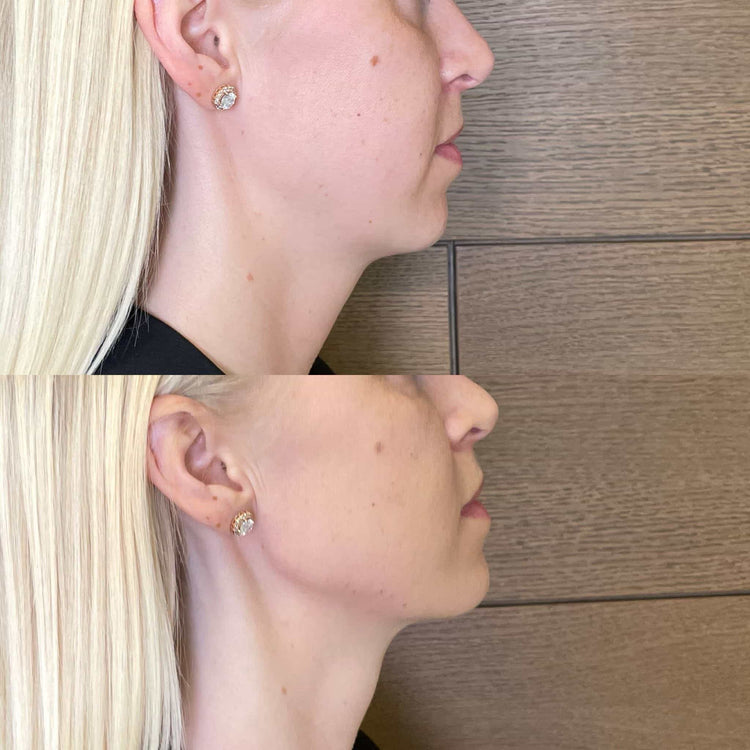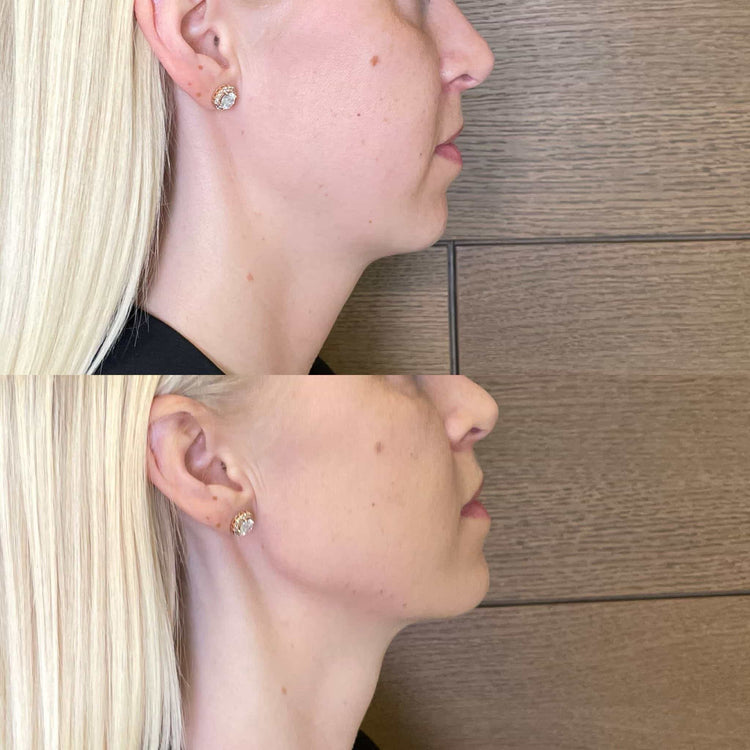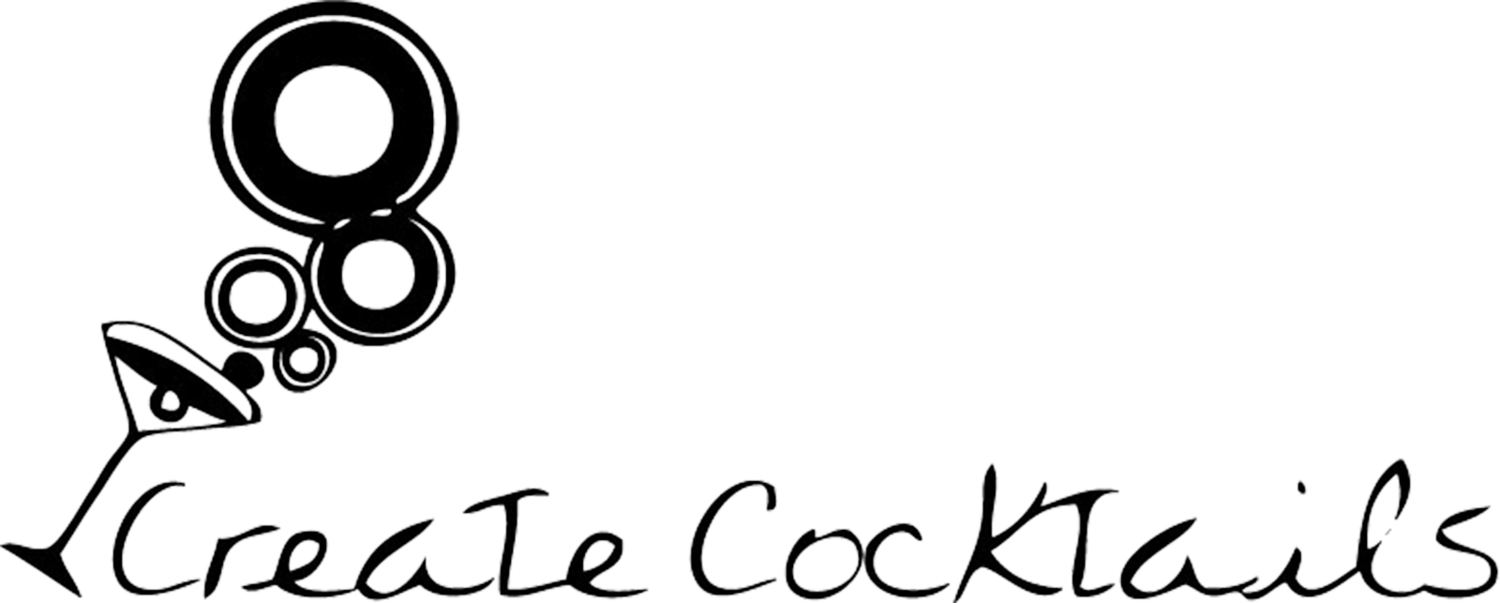Jawline Filler Safety
Considering jawline filler treatments? It’s essential to understand the safety aspects involved. This guide delves into the potential risks and benefits of jaw fillers, providing valuable insights for UK patients seeking a more defined jawline.
Types of Jaw Fillers
Jawline fillers are a popular cosmetic procedure in the UK, used to enhance facial contours and create a more sculpted appearance. These injectable dermal fillers contain hyaluronic acid (HA), a naturally occurring substance in the body that attracts and retains moisture. HA fillers add volume to the jawline, making it appear more prominent and defined.
Safety concerns surrounding jawline fillers are primarily related to the potential for complications associated with any invasive procedure. These can include bruising, swelling, redness, and tenderness at the injection site. In rare cases, more serious complications may occur, such as infection, allergic reactions, or vascular occlusion (blockage of blood vessels).
It’s crucial to choose a qualified and experienced practitioner for jawline filler treatments. A thorough consultation is essential to assess your suitability for the procedure, discuss your desired outcomes, and address any concerns you may have.
The type of jaw filler used can also influence safety. HA fillers are generally considered safe when administered by a skilled professional. Different types of HA fillers have varying consistencies and properties, allowing practitioners to tailor the treatment to individual needs. Some popular choices for jawline augmentation include:
- Restylane Lyft: This filler is designed specifically for facial volumization and can effectively enhance the jawline.
- Juvederm Voluma XC: This long-lasting filler provides significant volume and is often used to create a more defined jawline.
- Radiesse: This calcium-based filler offers longer-lasting results compared to HA fillers and can be used for both volumization and contouring.
Remember that the longevity of results varies depending on the type of filler used, individual metabolism, and lifestyle factors. Regular touch-up treatments are typically required to maintain the desired outcome.
Procedure Risks and Side Effects
Jawline fillers are a popular cosmetic procedure used to enhance facial contours and create a more sculpted appearance. These injectable dermal fillers contain hyaluronic acid (HA), a naturally occurring substance in the body that attracts and retains moisture.
Safety concerns surrounding jawline fillers are primarily related to the potential for complications associated with any invasive procedure. These can include bruising, swelling, redness, and tenderness at the injection site. In rare cases, more serious complications may occur, such as infection, allergic reactions, or vascular occlusion (blockage of blood vessels).
It’s crucial to choose a qualified and experienced practitioner for jawline filler treatments. A thorough consultation is essential to assess your suitability for the procedure, discuss your desired outcomes, and address any concerns you may have.
The type of jaw filler used can also influence safety. HA fillers are generally considered safe when administered by a skilled professional. Different types of HA fillers have varying consistencies and properties, allowing practitioners to tailor the treatment to individual needs. Some popular choices for jawline augmentation include Restylane Lyft, Juvederm Voluma XC, and Radiesse.
Remember that the longevity of results varies depending on the type of filler used, individual metabolism, and lifestyle factors. Regular touch-up treatments are typically required to maintain the desired outcome.
Post-Treatment Care and Recovery

Jawline fillers are a popular cosmetic procedure in the UK, used to enhance facial contours and create a more sculpted appearance. These injectable dermal fillers contain hyaluronic acid (HA), a naturally occurring substance in the body that attracts and retains moisture. HA fillers add volume to the jawline, making it appear more prominent and defined.
Safety concerns surrounding jawline fillers are primarily related to the potential for complications associated with any invasive procedure. These can include bruising, swelling, redness, and tenderness at the injection site. In rare cases, more serious complications may occur, such as infection, allergic reactions, or vascular occlusion (blockage of blood vessels).
- Choosing a qualified and experienced practitioner is crucial for jawline filler treatments.
- A thorough consultation is essential to assess your suitability for the procedure, discuss your desired outcomes, and address any concerns you may have.
- The type of jaw filler used can also influence safety. HA fillers are generally considered safe when administered by a skilled professional. Different types of HA fillers have varying consistencies and properties, allowing practitioners to tailor the treatment to individual needs.
Remember that the longevity of results varies depending on the type of filler used, individual metabolism, and lifestyle factors. Regular touch-up treatments are typically required to maintain the desired outcome.
Long-Term Considerations
Jawline fillers can provide a noticeable enhancement to facial contours, but understanding the potential risks associated with any cosmetic procedure is crucial. While generally safe when performed by a qualified practitioner, complications such as bruising, swelling, redness, and tenderness at the injection site are possible.
In rare instances, more serious complications like infection, allergic reactions, or vascular occlusion (blockage of blood vessels) can occur.
Choosing a practitioner with extensive experience in administering jawline fillers is paramount. A comprehensive consultation allows for a thorough assessment of your suitability, discussion of desired outcomes, and addressing any concerns you may have.

The type of filler used also plays a role in safety. Hyaluronic acid (HA) fillers are generally considered safe, but different HA fillers have varying consistencies and properties, requiring practitioners to select the most appropriate one based on individual needs.
Remember that results from jawline fillers are not permanent and typically require regular touch-up treatments to maintain the desired appearance.
Finding a Qualified Practitioner
Considering jawline filler treatments? It’s essential to understand the safety aspects involved. This guide delves into the potential risks and benefits of jaw fillers, providing valuable insights for UK patients seeking a more defined jawline.
Choosing a Registered Provider
Jawline fillers are a popular cosmetic procedure in the UK, used to enhance facial contours and create a more sculpted appearance. These injectable dermal fillers contain hyaluronic acid (HA), a naturally occurring substance in the body that attracts and retains moisture. HA fillers add volume to the jawline, making it appear more prominent and defined.
Safety concerns surrounding jawline fillers are primarily related to the potential for complications associated with any invasive procedure. These can include bruising, swelling, redness, and tenderness at the injection site. In rare cases, more serious complications may occur, such as infection, allergic reactions, or vascular occlusion (blockage of blood vessels).
- Finding a qualified practitioner is essential.
- Ensure the practitioner is experienced in administering jawline fillers.
- Always schedule a thorough consultation to discuss your desired outcome and any concerns you may have.
Remember that results from jawline fillers are not permanent and typically require regular touch-up treatments to maintain the desired appearance.
Questions to Ask Potential Practitioners
When considering jawline filler treatment, it’s crucial to find a qualified practitioner. Here are some questions to ask potential practitioners:
- What is your experience with administering jawline fillers?
- Can you show me before and after photos of previous patients who have had jawline filler treatment?
- What type of HA filler do you typically use for jawline augmentation, and why?
- What are the potential risks and complications associated with this procedure?
- How will you address any bruising or swelling after the treatment?
- What is the expected duration of the results, and how often will I need touch-up appointments?
- Do you have any certifications or qualifications relevant to facial aesthetics?
By asking these questions, you can gain a better understanding of the practitioner’s expertise and ensure that you are making an informed decision about your treatment.
Alternatives to Jaw Fillers
While jawline fillers are a popular choice for enhancing facial contours, exploring alternatives might be beneficial.
- Non-Surgical Options:
- Facial Exercises: Specific exercises targeting the jaw and neck muscles can help strengthen and tone the area.
- Massage: Regular massage of the jawline can improve blood circulation and stimulate collagen production, leading to a more defined appearance.
- Chin Implants: A surgical option that involves placing an implant under the chin to add volume and projection.
- Deion Sanders Net Worth 2024: How The Successful Professional Of Two Sports Makes His Wealth - May 16, 2025
- Aesthetic Cosmetic Injectable Treatments Near Tilford, Surrey - April 28, 2025
- Botox Anti-Wrinkle Treatments In Reigate, Surrey - April 28, 2025
